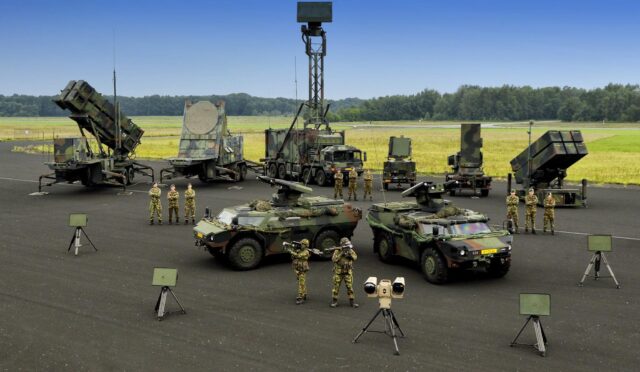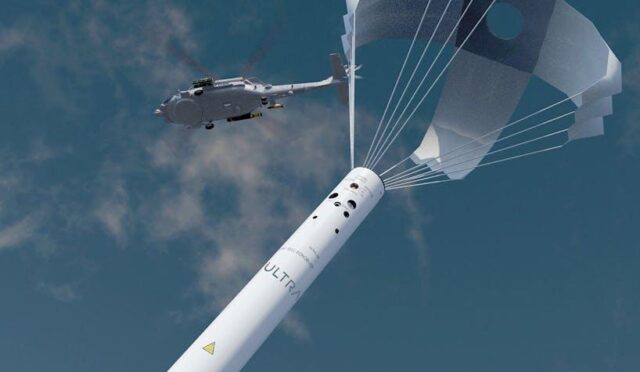Approval for Advanced Submarine Defense System
The German government has officially sanctioned the development of an innovative active defense system designed specifically for submarines. Known as the Interactive Defence and Attack System for Submarines (IDAS), this project is a collaboration between thyssenkrupp Marine Systems and Diehl Defence. The system features a wire-guided anti-aircraft missile intended to neutralize aerial threats while the submarine remains submerged.
Oliver Burkhard, CEO of thyssenkrupp Marine Systems, expressed his enthusiasm following the approval, stating, “We are delighted that this innovation project can now also be launched.” He emphasized that this development not only enhances submarine self-defense capabilities but also bolsters the safety of personnel and equipment during complex future missions. Notably, customers of both participating companies will have access to this cutting-edge system.
A Solution for Underwater Threats
Having been in development for over a decade, the IDAS missile system is a critical advancement in countering the dangers posed by anti-submarine warfare helicopters, particularly in shallow waters and near coastlines. These helicopters are equipped with sophisticated sonar and torpedoes aimed at detecting and neutralizing submarines. In the absence of an active defense system, submarines have had to dive deep to avoid detection, a tactic that limits their operational capabilities.
The IDAS system is comprehensive, featuring a missile, a launching container, and integrated combat systems that work in unison. When a potential threat is detected, the submarine crew can swiftly activate the system. The submarine’s advanced sensor and data management systems calculate the target’s location and distance, allowing for a precise strike once the commander gives the go-ahead.
Stealthy Engagement Capabilities
One of the key advantages of the IDAS system is its ability to engage threats without compromising the submarine’s stealth. The system is designed to keep the submarine hidden, avoiding the use of exposed optical electronic warfare sensors or the need to surface, both of which could lead to detection by enemy forces.
Upon launch, the missile initially travels underwater toward its target before surfacing, at which point it accelerates and heads for the designated target. The operator inside the submarine maintains control over the missile throughout its flight, allowing for real-time adjustments to target designation or the option to abort the mission if the situation changes. This flexibility is crucial for maintaining operational security.
Versatile Targeting Options
In addition to its primary function against aerial threats, the IDAS missile can also target surface vessels, reducing the reliance on traditional torpedoes. This versatility is a significant improvement for submarine operations, providing commanders with more options for engagement in various combat scenarios.
Furthermore, with the integration of GPS technology, the missile is capable of striking land targets, expanding its operational range. The missile is powered by a solid fuel rocket and features an Imaging Infrared seeker, enabling it to hit targets with precision from a distance expected to exceed 15 kilometers (9.32 miles). This advanced capability represents a significant leap forward in submarine warfare technology.







